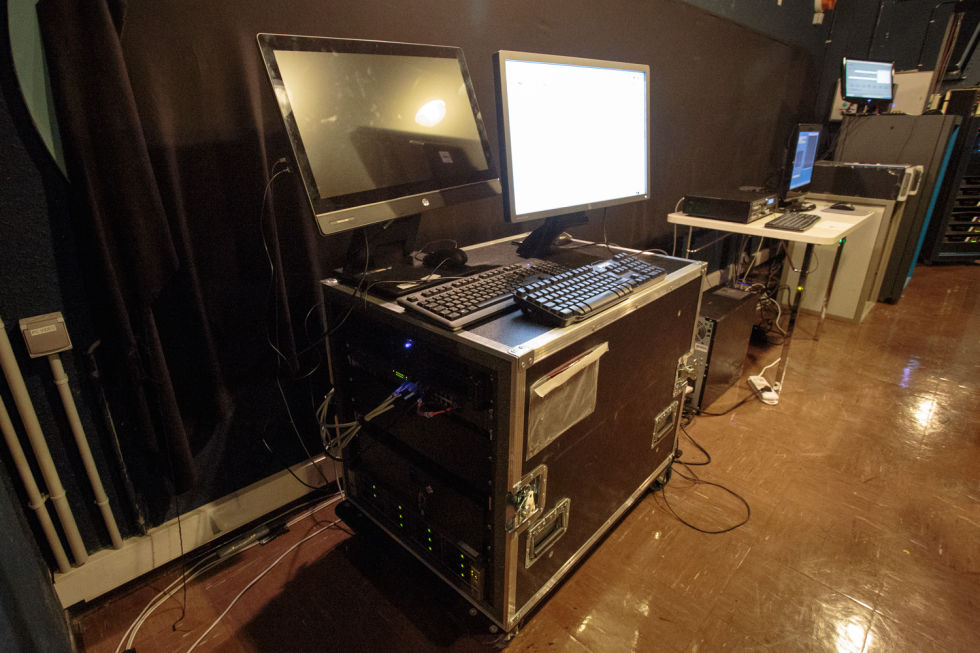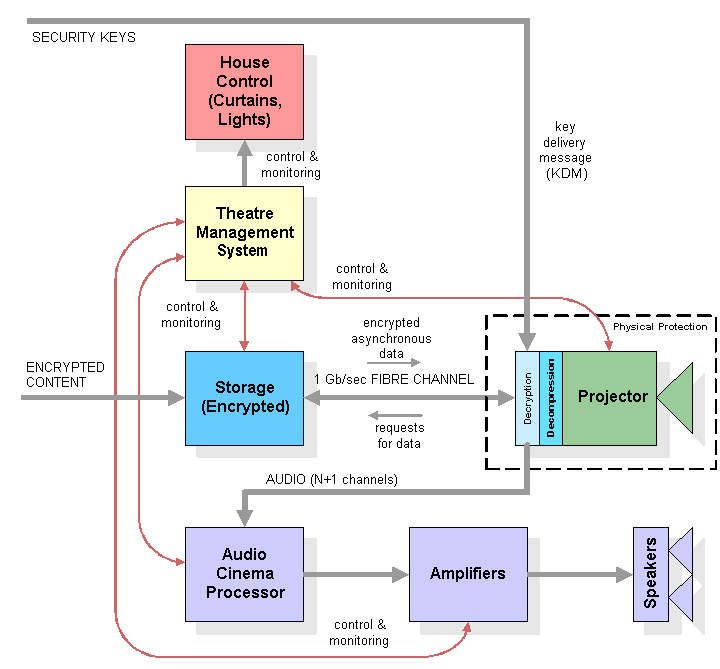
One of the world's most significant annual events—not least in terms of media coverage—is the Cannes Film Festival. Only the summer Olympics receives more global press coverage, one of the ushers proudly told me this year.
Now in its 69th year at the Palais des Festivals in Cannes, the Festival remains incredibly (and unsurprisingly) traditional. Last year, a number of women, including an amputee film producer, were reportedly chastised or forbidden entry because they weren't wearing heels. Recently the Festival's director, Thierry Frémaux, banned people from taking selfies on the red carpet because they're "ridiculous and grotesque."
Perhaps more shockingly, even I was almost barred from the red carpet this year because I tried to wear a beautiful silk black tie rather than the mandated bow tie. Fortunately a friend had a spare.

Behind the scenes, though, the festival thankfully embraces new things. There's a press room full of shiny new HP computers, a snazzy ticketing system, and an area downstairs where visitors can sit in front of a PC and stream dozens of Palme d'Or-nominated short films from a central server.
Then, of course, there's the main cinema system. For about 60 years, the Cannes Film Festival used conventional, traditional film projection. Today, the place is fully digital, from films delivered via hot-swappable hard drive caddies, to the Dolby digital cinema playback system, to the Christie scalers and projectors.
But I'm getting ahead of myself. Let's rewind a bit.
First, two caveats: like most commercial ventures, the further up the tree you go the more mysterious and clandestine things become. There's lots about digital cinema that we do know, but likewise there are lots of bits—the DRM schemes, the proprietary scaling algorithms, the secret audio rendering sauce—that we don't. There are some parts of the system that the public just doesn't know the details of, and neither Dolby nor anyone else will tell me about it.
You should also be aware that it's exceedingly unusual to be allowed into the Cannes Film Festival cinema control room—and that the French government, right at the last minute, almost barred my entry.

How digital cinema works
As I mentioned earlier, the full stack is now digital: digital films are stored on digital servers, played back in digital audio and via digital projection.
Films are distributed via special hard drive caddies to cinemas. The films are heavily encrypted at this point, in a format known as Digital Cinema Package (DCP)—which is dictated by Digital Cinema Initiatives, a joint venture by all the major Hollywood studios. The DCPs are ingested by a large file server known as the theatre management system (TMS).
When it's time to actually screen the film, the cinema downloads the KDM (key delivery message) from a remote server that decrypts the files. The keys can be time-locked, so that the cinema can't decrypt the film before midnight, or so that they expire after a certain number of days. It's just your normal digital rights management (DRM) system, really.
Then you have the playback computer, which, at least at Cannes, is just a computer running something akin to VLC. When a film is ready to go, someone clicks a big ol' play button. The video stream goes along one path—through a post-processing scaler, for example—to the projector; the audio is fed into the audio processor (in most cases a Dolby cinema processor), which then outputs to however many amplified speaker channels the cinema screen might have.
And that's about it. There are a few details—there are different TMS and KDM management packages, and lots of competing projectors—but the core digital cinema system is much the same at every theatre the world over.
reader comments
12